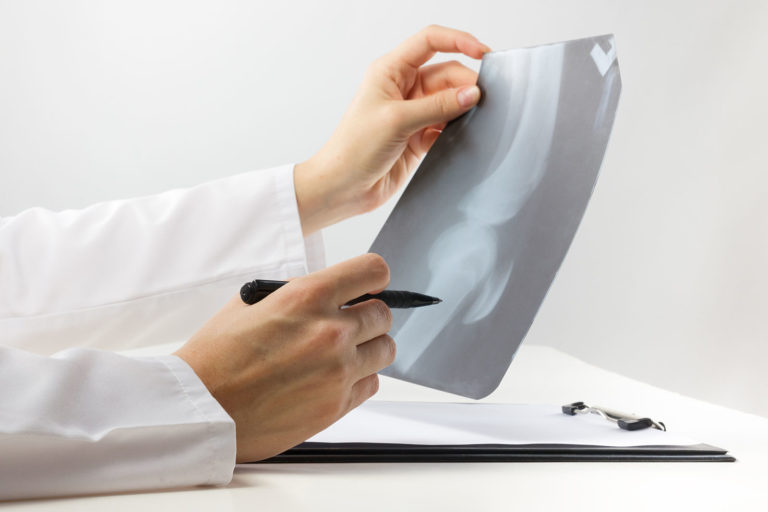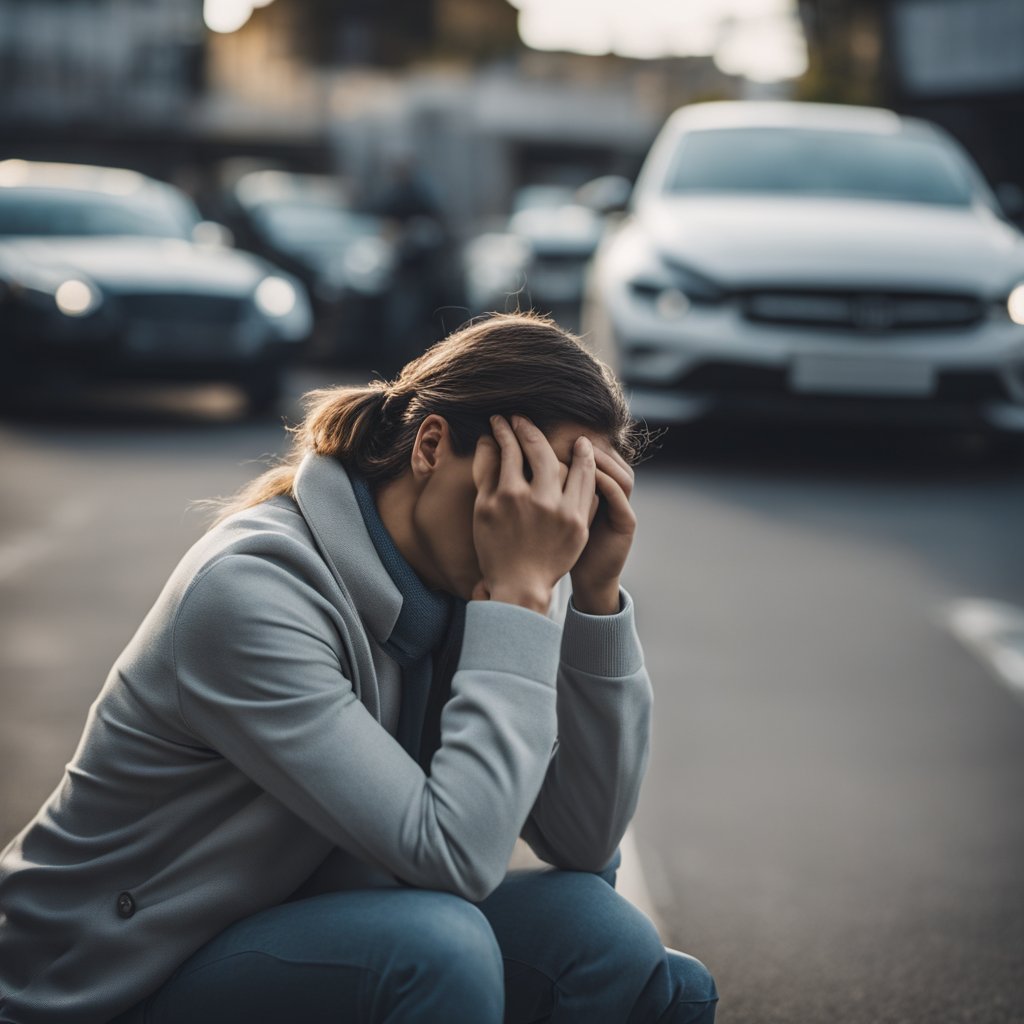In Arizona, figuring out who is to blame in a lane-change accident can depend on many factors. Each driver has a duty to switch lanes safely. If you make a sudden move without signaling or checking blind spots, it might be your fault.
The police report often plays a big role in fault determination. Officers evaluate the scene, noting evidence and statements. Insurance companies also review these reports to decide who caused the crash.
Why Hire An Attorney
Things get difficult after a personal injury. The victim is faced with an array of things they aren’t used to confronting.
These may include expensive medical bills, fighting with insurance and of course having to seek out medical treatment. A person has to juggle all of these things all the while sticking to their normal life routine. It’s tough!
Hiring a lawyer can alleviate some of these pressures. They work for you and as opposed to the insurance companies, your attorney is looking out for you.
It’s nice to have someone who has your best interest in mind and this is especially true after dealing with adversity.
Whether you were injured in a minor auto accident or something more significant feel free to reach out to the Law Gang.
We can handle all types of personal injury claims from:
- Auto accidents
- Those involving punitive damages
- Bicycle injuries
Your injury is tough enough to deal with so don’t feel as if you have to do everything by yourself.
Arizona follows a comparative negligence rule. This means both drivers can share fault. Even if you’re partially at fault, you might still get compensation. However, your share of fault will reduce any payout you receive.
Common errors leading to fault include:
- Failing to signal
- Not checking mirrors
- Ignoring blind spots
Merging incorrectly or aggressive driving can increase the chance of being at fault. Observing traffic rules and staying alert are crucial.
By checking the evidence, including any witness statements or video footage, authorities can better understand the incident. Communicating with law enforcement and your insurance company is important.
Legal guidance can help if you’re involved in such an accident. A lawyer can navigate complex situations, especially when fault is disputed. This can ensure you protect your rights and potentially minimize your liability.

Arizona Lane Change Laws
Arizona has specific rules governing lane changes to keep traffic safe. Understanding these laws helps you navigate the roads responsibly, while knowledge of recent updates ensures you remain informed and compliant.
Basic Lane Change Regulations
In Arizona, when you change lanes, you must signal for at least 100 feet before moving. This shows other drivers your intention.
Always check mirrors and blind spots to avoid collisions. Yield to vehicles already in the lane you want to enter.
Illegal lane changes can result in tickets or adding points to your driving record. These points could increase insurance rates. Ensuring safe distance between cars and avoiding distractions is crucial when changing lanes to prevent accidents.
Arizona enforces strict penalties for failing to follow these rules. Understanding these regulations can help you avoid accidents and penalties.
Lane Splitting Legislation
Lane splitting, riding a motorcycle between stopped or slow-moving cars, is now allowed in Arizona under certain conditions.
Motorcyclists can only split lanes on roads with speed limits of 45 mph or less. The traffic must be stopped, and the motorcycle can’t go faster than 15 mph while splitting.
This law aims to reduce congestion and improve traffic flow, particularly on busy streets. Motorcyclists should still exercise caution and watch for changing traffic conditions.
While legal, this practice is not without risk, and safety remains a priority.
Understanding these rules helps motorcyclists stay safe and compliant while benefiting from Arizona’s new lane-splitting options.
The Law Gang services all counties of the vast state of Arizona for personal injury claims ranging from auto accidents to slip & falls to wrongful death claims including the following:
- Mojave
- La Paz
- Maricopa
Impact of Fault
In Arizona, understanding fault is key to resolving car accident claims. Whether Arizona is a no-fault state and the implications of being at fault after an accident are crucial.

No-Fault Accidents
Arizona follows a “fault” system for car accidents. This means the driver who caused the crash is responsible for damages. If you’re involved in an accident, you typically file a claim against the at-fault driver’s insurance.
This differs from “no-fault” states where each driver’s insurance covers their own damages regardless of who caused the accident.
Arizona law allows you to sue the at-fault driver for additional compensation if insurance doesn’t cover all expenses.
Knowing this helps you see the importance of determining fault, as it directly impacts insurance claims and potential lawsuits.
Legal Repercussions
Being at fault in an accident can lead to legal consequences. You may face increased insurance premiums and potential lawsuits.
If the victim of the accident sues, you may be liable for damages not covered by insurance. This can include medical bills, lost wages, and pain and suffering.
Establishing fault is crucial for both drivers involved. The process usually involves gathering evidence, such as police reports and witness statements.
Insurance adjusters and sometimes courts determine who is at fault. Understanding these aspects can prepare you for the outcomes of a car accident claim in Arizona.
Lawyers for Lane-Change Collisions
When you get into a lane-change accident, hiring a lawyer can provide crucial benefits. They help navigate legal processes and ensure you file claims on time.
Understanding your rights and time limits is essential if you’re involved in a lane-change collision.
The Law Gang handles all types of personal injury claims and services the entire state of Arizona. The Grand Canyon state, Arizona, has a wide range of big cities, college towns and rural areas. If injured in any of the following let us know.
Advantages of Legal Representation
Having a lawyer on your side can make a big difference. They know the laws and can guide you through what to do after an accident.
A lawyer works to gather evidence, such as police reports and witness statements, which can be important for your case.
They also negotiate with insurance companies to help you get fair compensation. Insurance companies often want to settle quickly. A lawyer ensures any settlement actually covers costs like car repairs or medical bills.
Lawyers handle all communication about your case so you can focus on recovery. This expertise can prove vital, particularly if your case goes to court. With a lawyer, you’re better prepared for a successful outcome.

Statute of Limitations
In Arizona, timing is key for filing a claim following a lane-change incident. Typically, you have two years to file a personal injury claim. This countdown starts on the accident date, so don’t delay in seeking representation.
If you wait too long, you might lose the right to make a claim. This is a strong reason to hire a lawyer quickly. They ensure all paperwork is filed correctly and within deadlines.
Understanding these time limits can protect your rights. A lawyer will help you stay aware of important dates and manage the process efficiently. With their assistance, you avoid missing any key deadlines for your case.
Causes and Prevention
Unsafe lane changes can cause accidents and injuries. Understanding what often leads to these mistakes and learning how to switch lanes safely are crucial for all drivers.
Unsafe Maneuvers
Several mistakes can contribute to unsafe lane changes. Distraction is a major issue. If your focus is on a phone or the GPS, you might not see nearby cars.
Blind spots also pose a risk. If you don’t check these areas, you could collide with a vehicle that isn’t visible in your mirrors.
Failure to signal can confuse other drivers. They might not be aware of your intentions, which might result in an accident.
Speeding and aggressive driving can make it hard to move safely between lanes. Finally, switching lanes in heavy traffic without enough space is unsafe and increases the risk of accidents.
Lane change auto accidents don’t just have to happen on the busy streets like Interstate 19 but can also occur on side roads such as:
Best Practices for Lane Changes
Performing safe lane changes requires attention and patience. Always use your turn signal well before changing lanes.
This action alerts other drivers and gives them time to react. Checking mirrors and blind spots is essential. Look over your shoulder to ensure the lane is clear.
Maintain a consistent speed to allow time for the change. Don’t speed up or slow down suddenly. Also, make sure there’s plenty of space for your vehicle in the other lane.
If traffic is heavy, wait until there is enough room to switch lanes safely.
Remember, staying aware and predictable helps keep everyone on the road safe.
Lane Change Accidents
Lane change accidents can lead to serious outcomes both physically and financially. Understanding common injuries and how liability is determined can help you better navigate these situations.

Common Injuries
When a crash happens during a lane change, those involved might suffer from a range of injuries. Whiplash is common due to sudden neck movements.
You might also see broken bones, especially if there is a side impact. Cuts and bruises are typical as well.
Head injuries, including concussions, can occur if the impact is strong. It’s important to seek medical attention even if you feel fine at first, as some injuries take time to appear.
Injury severity often depends on the crash speed and the angle of impact. Proper use of seat belts and airbags can reduce injury risks significantly.
Liabilities and Compensations
Liability in lane change accidents can be complex. Police reports and witness statements play a key role in identifying who is at fault.
Traffic cameras may also provide evidence. It’s crucial for both drivers to document what happened and gather evidence at the scene.
In Arizona, your actions, or those of the other driver, are closely examined. Insurance companies evaluate this evidence to decide who pays for damages.
When liable, you might face higher insurance rates and need to cover related costs. Having a lawyer can help as they navigate through these legal aspects and seek fair compensation for you.






